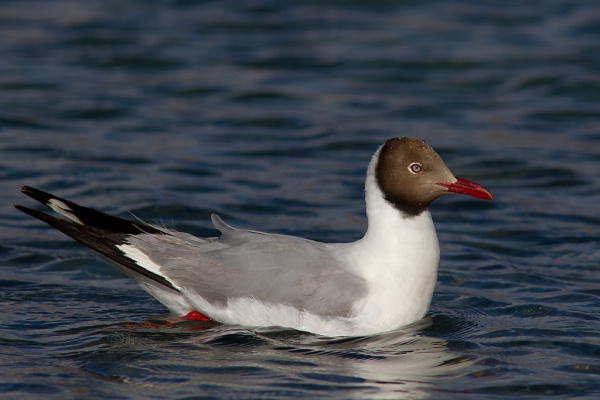Facts About Brown-headed gull
The brown-headed gull is a small migratory bird that breeds in central Asia during the summer and winters along the coasts and large inland lakes of the Indian Subcontinent. These birds prefer to nest in colonies, selecting reedbeds, marshes, or islands within lakes for their breeding grounds. They build their nests on the ground.
In winter, brown-headed gulls are quite sociable and have a diverse diet. They often scavenge in towns or hunt for invertebrates in ploughed fields.
Slightly larger than the black-headed gull, the adult brown-headed gull in summer is identifiable by its pale brown head, pale grey body, red bill and legs, and black-tipped primary wing feathers with white "mirrors." In winter, they lose their brown hood, replaced by dark vertical streaks. Juvenile gulls take about two years to reach maturity and have distinctive markings that differentiate them from adults.
These gulls are known for their noisy behavior, particularly in their breeding colonies. Unlike some other gull species, they are rarely found far from the coast, as they are not adapted to a life at sea.

 Uzbekistan
Uzbekistan